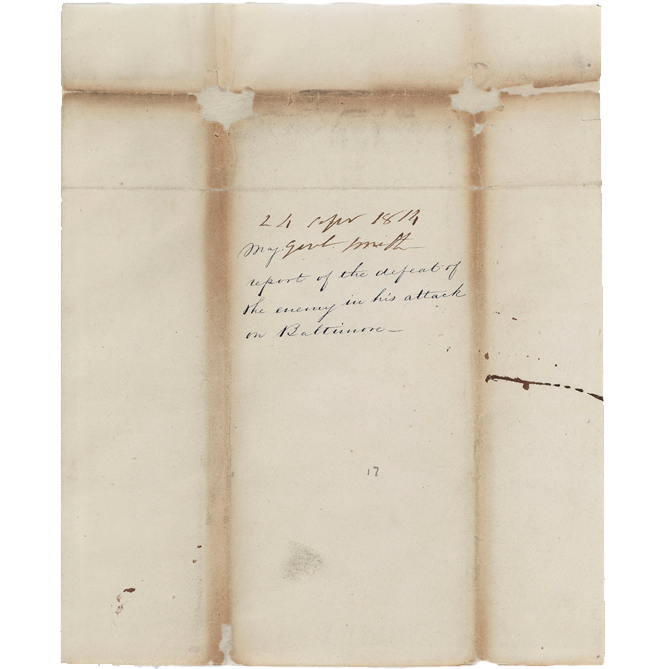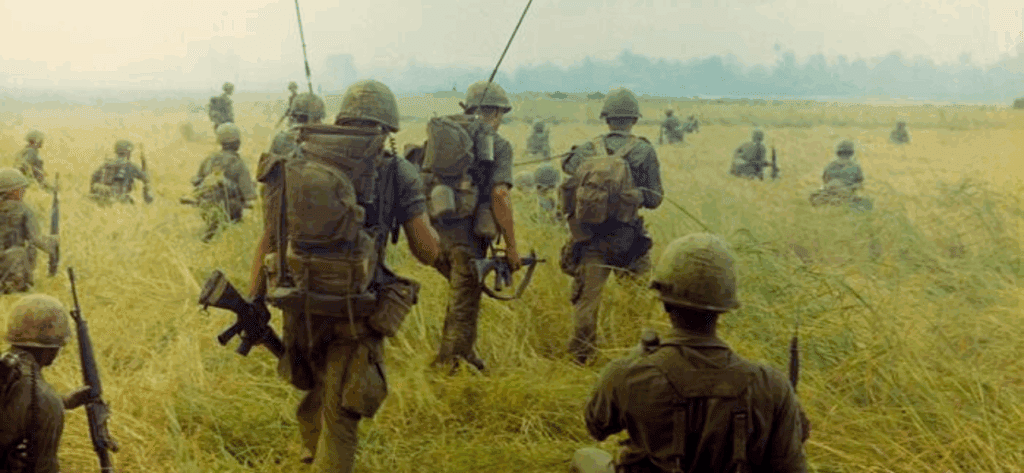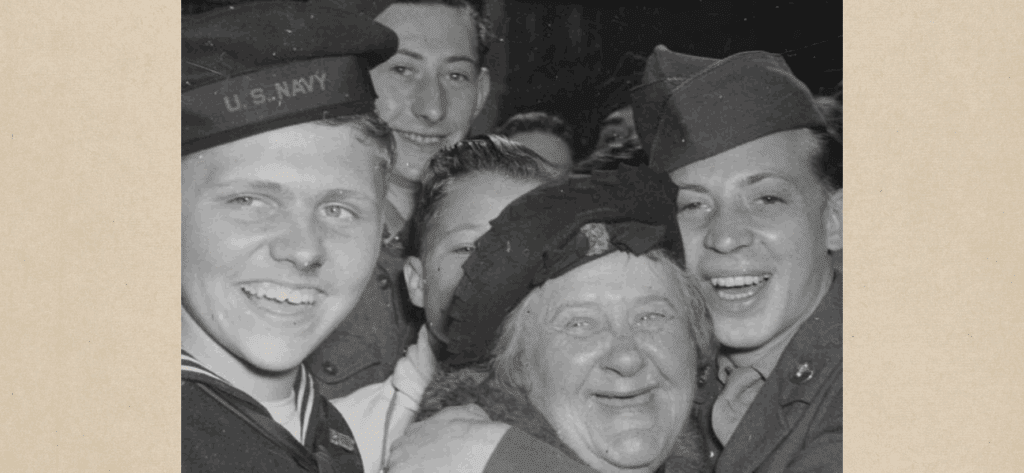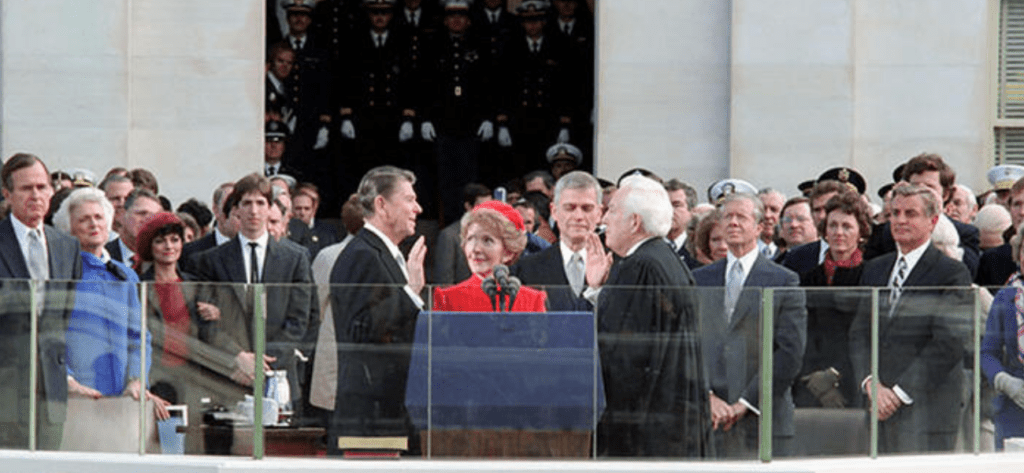September 11 through November 3, 2014
East Rotunda Gallery
The summer of 1814 saw military actions in Washington, DC, and Baltimore, Maryland, with dramatically different outcomes. The British capture of the nation’s capital and the destruction of public buildings stand as one of the lowest points in U.S. history. The American victory at Baltimore, however, brought new hope and determination to the country, and inspired what became the national anthem.
On August 19, 1814, British forces landed in Benedict, Maryland, and began marching toward Washington, DC. The generals and military leaders in DC were convinced that the British would have no reason to make the march to the capital, as it had only about 8,000 residents and a few half-completed federal buildings. However, the Redcoats’ intention soon became clear and the small, inexperienced, and untrained militia that remained to defend the city quickly marched up to meet the hostile forces at Bladensburg.
After defeating American troops at the Battle of Bladensburg on August 24, the British seized the undefended capital and burned government buildings, most famously the White House (then known as the Executive Mansion). Most private property was spared, and the patent building, one of the few federal buildings to be saved, survived thanks to Superintendent of Patents William Thornton who convinced the British that, while the building may be federally owned, patents were private property and shouldn’t be burned.
A few weeks later, beginning on September 12, the British attacked Baltimore by land and sea for three days. During the battle, American forces at Fort McHenry endured a 25-hour bombardment from British ships, while American militiamen stopped British advances on the city. On the morning of September 14, as the British retreated, the American flag still flew over Fort McHenry, signaling that the fort had not been taken. Inspired by the sight of the flag, Francis Scott Key, who was detained aboard a British ship, penned a poem in which he coined the phrase “Star Spangled Banner.” His poem “The Defence of Fort McHenry” was set to music and eventually became the National Anthem—with the same title as the flag that inspired it.
This National Archives Museum’s “Featured Documents” exhibit is made possible in part by the Foundation for the National Archives through the generous support of Toyota.
Records on display:
Letter from Maj. Gen. Samuel Smith to James Monroe about the bombardment of Fort McHenry, September 24, 1814
National Archives, Records of the Office of the Secretary of War


List of killed and wounded from Fort McHenry, September 24, 1814
National Archives, Records of the Office of the Secretary of War

Burned piece of the 1814 Executive Mansion (today known as the White House). The wood was removed during a renovation of the White House under the Truman administration from 1949-1952.
National Archives, Gerald R. Ford Presidential Museum





